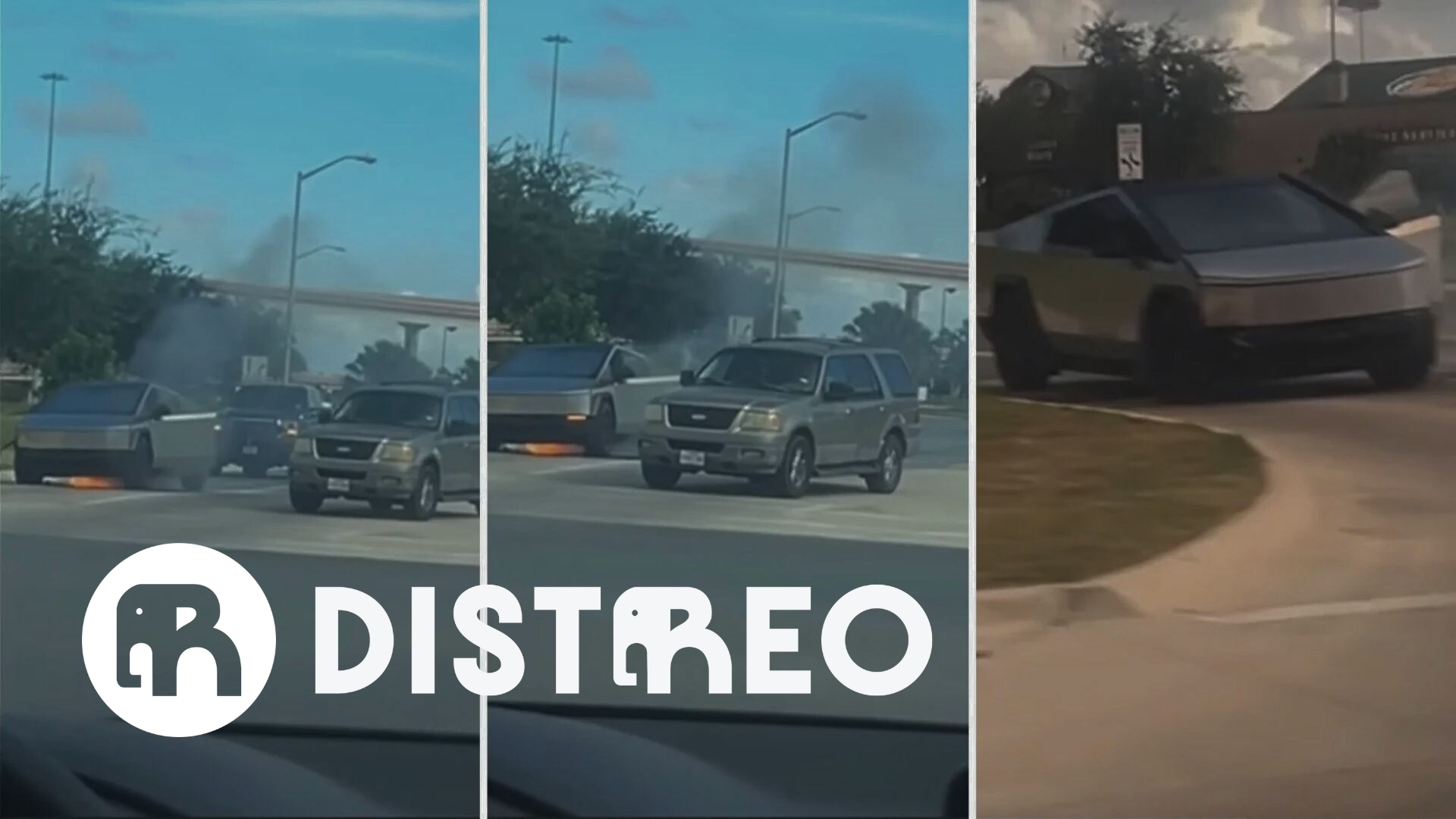On September 4, 2024, a 1,900-page report was published regarding the fire in the Grenfell residential block on June 14, 2017, which resulted in the deaths of 72 people, as a result of smoke inhalation from the newly completed facade.
The report took 7 years to write, representing an extremely detailed analysis of the British government's flawed procedures, corruption, incompetence and ignorance of completely ignored safety measures.
Cause of the fire
The cause of the fire is, in fact, a short circuit that occurred in the refrigerator in an apartment on the 4th floor. Following the short circuit, a fire broke out inside the apartment, which then spread to the floor level and, outside, to the facade.
A public inquiry into the devastating 2017 Grenfell Tower fire in London, which killed 72 people, blamed the disaster on failures by the government, the construction industry and, most notably, the firms involved in installing the flammable aluminium composite cladding on the exterior.
The fire devastated the 23-story social housing block in one of London's wealthiest areas in the early hours of June 14, 2017. It was the deadliest fire in Britain in a residential building since World War II.
"The simple truth is that all the deaths that occurred were avoidable," said the inquiry's chairman, Martin Moore-Bick.
The expansion of the fire, still unexplained,
The energy crisis of the 1970s pushed architects to insulate buildings to reduce heating costs. Ventilated facades - a cladding system that creates an air space for ventilation between the building's exterior wall and a thin layer of rain-resistant cladding - became a popular option for improving energy efficiency.
But in the 1980s and 1990s, building codes in many countries did not take into account the fire risk of cladding materials. Flammable polymers such as polyethylene, completely different from polyurethane, were available at low prices and were widely used in ACM (aluminum composite panel) panels.
These panels - which no longer meet fire safety standards in many countries, including Spain, France and the UK - remain on buildings even today.
ACM panels are actually panels with 0.5 mm aluminum faces containing a 3 mm layer of polyethylene inside.


Thousands of other buildings built in the decades preceding the enactment of such regulations remained clad with ACM.
Using expert reports and visual evidence, Reuters analyzed how polyethylene cladding can affect firefighters' procedures for extinguishing fires in high-rise buildings and endanger residents.
Reuters consulted four experts on fire behavior in tall buildings, as well as five firefighters, two engineers and two architects, and analyzed eight reports in which ACM panels were identified by investigators as the main cause of the rapid spread of the fire.
Effective ways of prevention and extinguishing
- The most effective way to extinguish an electrical fire or a fire of any kind is to use Zenova FX fire extinguishers.
The Zenova FX500 variant is, in fact, a spray-type extinguisher, useful for fires in the house, apartment or anywhere in the household.
It can even put out fires that have started in the car, either inside or in the engine area. The small extinguisher is also capable of extinguishing fires caused by fuels, such as diesel, making it useful regardless of the situation.
Zenova FX500 is now available in Romania, through the company Distreo: Zenova FX500 .
- A useful way to prevent fires, especially electrical ones, is by using BlazeCut autonomous tubes, which are installed in enclosed spaces such as electrical panels, server rooms, car hoods, and so on.
The product does not require electricity, reacting to fire through a chemical reaction that releases the extinguishing agent from inside the tube. Thus, the BlazeCut tube remains valid for 10 years.
The BlazeCut product is now also available in Romania, through Distreo: BlazeCut .




Write a comment
Comments are verified before being published.
This site is protected by hCaptcha and the hCaptcha Privacy Policy and Terms of Service apply.